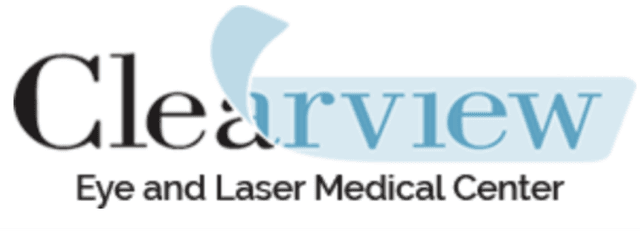
Gas prices. Heavy traffic. Distracted drivers. Driving can be annoying for a multitude of reasons, and now there’s another one to add to the mix. A new analysis shows that the side windows of most cars offer less protection against the sun’s ultraviolet-A (UV-A) rays than the front windshield.
“These findings may help explain why we’re seeing higher rates of cataracts and more cases of skin cancer on the left side of the face,” said Sandy T. Feldman MD, Medical Director of Clearview Eye & Laser Medical Center in San Diego and one the nation’s top ophthalmologists.
In a recent study reported in JAMA Ophthalmology, investigators measured the UV-A radiation protection afforded by windshields and side windows of 29 different model vehicles from various manufacturers. The authors found that windshields blocked an average of 96 percent of the sun’s harmful rays, but side windows blocked only 71 percent. Only four vehicles offered more than 90 percent side-window UV-A blockage.
“Most people assume that being inside a car protects them from the sun’s damaging rays, but UV-A rays can pass through glass,” Dr. Feldman explains. “While UV-A radiation is weaker than UV-B light - which is responsible for sun burns and premature aging of the skin - it’s been linked to long-term health effects, such as suppressed immune systems, damage to the eyes and skin cancer.”
A 2007 study found that skin cancer occurs on the left side of the body more often than the right, suggesting the UV-A exposure while driving increases the risk of developing cancer. These cancers appeared more frequently on parts of the body that are exposed while driving, such as the head, neck, left arm and left hand.
Why the difference in side window versus windshields? Windshields provide more protection because they are made with extra thick, laminated glass to minimize injury upon shattering. Side windows are not required by law to have laminated glass and are typically made with much thinner (and cheaper) glass that offers less sun protection. Tinting the car side window glass can lessen UV-A exposure, but this practice is illegal in some states.
“The best way to protect yourself is to cover up. Wear long sleeves and use sun block that’s SPF 15 or above, applying it at least 30 minutes before you get in the car,” Dr. Feldman suggests. “And definitely wear sunglasses when driving. UV damage to the eyes can start in as little as 15 minutes.”
Sandy T. Feldman, MD is the Medical Director of Clearview Eye & Laser Medical Center - voted best LASIK center in San Diego by CityBeat Magazine in 2013 - and has been named by Ocular Surgery News in 2016 to its OSN Premier Surgeon 300. She has successfully performed more than 20,000 refractive procedures. Her numerous awards include “Top Doc San Diego” and the Goldline Award, an honor granted to only 10 laser eye care providers in the U.S. each year, and she has been profiled in Forbes, Newsweek, and other respected publications.Dr. Feldman is a fellow of the prestigious American and European College of Ophthalmic Surgeons, as well as a member of the American Academy of Ophthalmology and the American Society of Cataract and Refractive Surgery. For more information, please visit clearvieweyes.com.

Call Us: (858) 452-3937
8:30AM - 7:00 PM - Monday through Saturday (Saturday until 11:30AM)